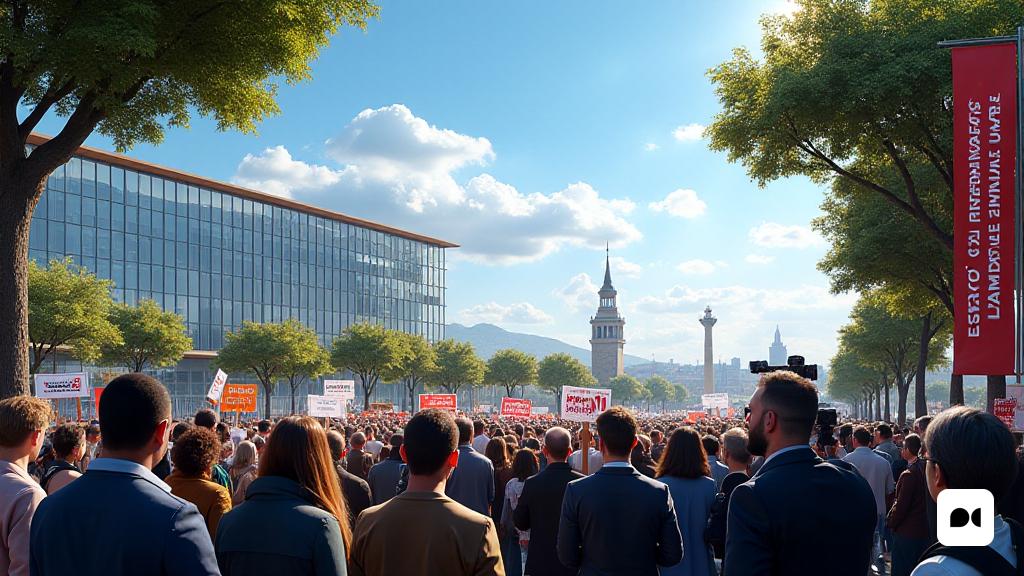Tensions between municipalities for the new station
The recent decision of the City Council of Tarragona over the location of the future intermodal station has led to an earthquake in the dynamics of the driving group of the Metropolitan Area of Tarragona. While the initial consensus aimed at Vila-seca as an ideal place, now Tarragona claims its part in the Gran Horta.
Vila-seca suspends your collaboration
In response to this change, the City Council of Vila-seca has announced its decision to immediately abandon its participation in the working groups related to the project, until an atmosphere of trust and collaboration is restored between the municipalities involved.
Diputació and Reus reaction
Both the Diputación de Tarragona and the City Council of Reus have expressed their willingness to maintain the original pact that provided for the location of the station in Vila-seca, considering that it is essential for the metropolitan area.
Arguments in favor of Tarragona
The Mayor of Tarragona, Rubén Viñuales, has argued that his proposal would allow a better connection with the population, with the creation of intermodal mobility that would integrate high -speed buses and services. According to him, the station in Horta Gran would help revitalize the seafront and to better serve the 2 million users represented by Tarragona.
A story of erroneous decisions
Viñuales recalled that the current location of the station, planned in the early 2000’s, was a mistake, as it is not located at a strategic point for the population. This has led to a large number of users who cannot easily access the station.
The value of the consensus
The mayor ended that the legitimate defense of the interests of each municipality should not be an impediment to the construction of a consensus that benefits the entire metropolitan area.
Various opinions about location
The President of the Diputación, Noemí Llauradó, emphasized the importance of the sovereignty of the eight municipalities that make up the driving group, emphasizing that mutual trust is essential for their cohesion.
Defense of the Mayor of Reus
On the other hand, the Mayor of Reus, Sandra Guaita, has argued that the station must be built in Vila-seca, as it represents a project agreed with the governments of Catalonia and Spain, with a start date of construction scheduled for 2026.
A look into the future
Guaita concluded that mobility must be designed with a broad and generous vision, emphasizing that the aim of creating a metropolitan area that addresses the needs of citizens is a correct path that deserves to be followed.

